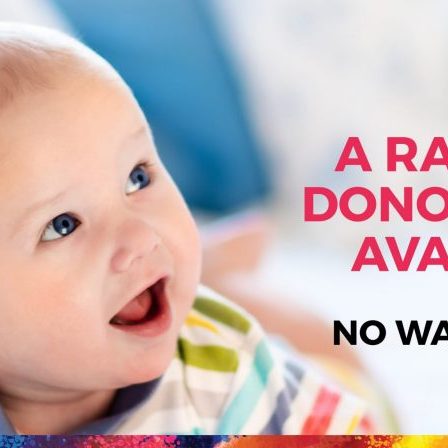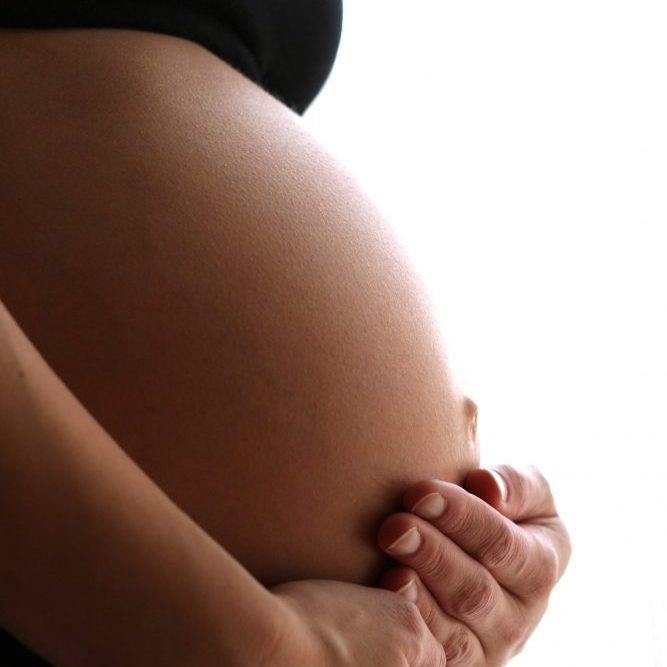 Despite being one of the safest places in the world to donate sperm in a clinical setting, Australia has struggled in recent years with a mass shortage of locally clinic-recruited donor sperm to meet demand.
Despite being one of the safest places in the world to donate sperm in a clinical setting, Australia has struggled in recent years with a mass shortage of locally clinic-recruited donor sperm to meet demand.
However, the tables have turned and City Fertility now has a healthy bank of safe sperm donors available for patients.
Dr Simone Campbell, Medical Director at City Fertility who also operates Sperm Donors Australia, said their bank of donors nationally has now grown to over 100 donors, and they therefore no longer have a patient waiting list for donor sperm.
“Having a large clinic-recruited Australian donor bank delivers so many safety benefits for our patients. Our donors are thoroughly counselled, medically screened and all donor records are kept tightly controlled as per Australian regulations. It’s also cheaper than importing,” said Dr Campbell
City Fertility, run an active donor sperm recruitment program which they believe has been the key to their recruitment success. They say a diverse group of men are choosing to be donors through their clinics from students to professionals, mainly between the ages of 25 to 35 years old and from a range of ethnic backgrounds.
“Interestingly, many of the sperm donors have chosen to donate because they personally know someone who has struggled with infertility,” said Dr Campbell.
COVID-19 seems to have also had an impact on the number enquiries to Sperm Donors Australia with a 30 per cent increase in enquiries for the first six months of this year compared to the same period last year.
Dr Campbell said the need for sperm donors has been on the increase for a few years due to a number of reasons, including more acceptance of seeking fertility help when you can’t conceive.
“We have many couples unable to conceive due to having a male fertility issue, being a single woman, or being a same-sex couple, and they all need donor sperm to help them conceive,” Dr Campbell said.
But Dr Campbell said at City Fertility, there is now no waitlist, unlike most other Australian clinics who have waiting lists for donor sperm.
“Unfortunately, while people are waiting they are getting older and less fertile so other fertility factors start coming into play which can add to the stress like poorer egg quality and quantity, being an older parent etc.”
The cause of the previous shortage in Australia is thought to be multifactorial including the change to anonymity rules (donor conceive children can now access donor parent details at 18 years of age), strict advertising guidelines (hard to get message out) and there is no cash incentive for donors (they must strictly donate for altruistic purposes).
Also, the rules for donating are also slightly different in each state in Australia, with state-based legislation controlling the donation and use of donor sperm.
Dr Campbell said, some states allow donor sperm to be purchased from overseas and imported, however it’s very expensive for patients and it’s much more affordable if they can use an Australian donor.
City Fertility strictly abides by the Australian regulations with both recipients and donors at their clinics undergoing rigorous counselling prior to receiving or donating donor sperm. Donors also undergo a thorough medical assessment. The donated sperm is then quarantined for three months before the donor undergoes rigorous medical testing again to ensure the donated sperm meets the highest quality standards.
While in Australia, sperm donors have no legal responsibilities or rights to a child, identifying information about the donor is now registered with the clinic for access, if requested, when the child turns 18. Australia also has restrictions in place to limit the number of families that can be created from a single donor.
Dr Campbell said that ultimately they don’t want desperate people in need of donor sperm doing risky things to get it, like going to random overseas suppliers or choosing a donor through other means without the thorough medical and other checks in place.
“There are so many unknowns with non-clinic recruited sperm donors including the quality of the sperm, the medical background of the donor, the identity and age of the donor, the legitimacy of their profile, and the number of offspring the donor has produced,” Dr Campbell said.
“We are grateful to now have many quality Australian sperm donors on our books, and we know there are many more men out there who would like to help out, but just haven’t committed to it yet.”
“Many of us know of a person or couple who has struggled with infertility, and how unfair it is. Perhaps more people should be thinking, give blood to save a life, give sperm to create a life!”
Latest figures available (released in September 2019) from The Australia and New Zealand Assisted Reproduction Database (ANZARD), state that there were 2984 sperm donor insemination cycles in 2017.
www.spermdonorsaustralia.com.au


